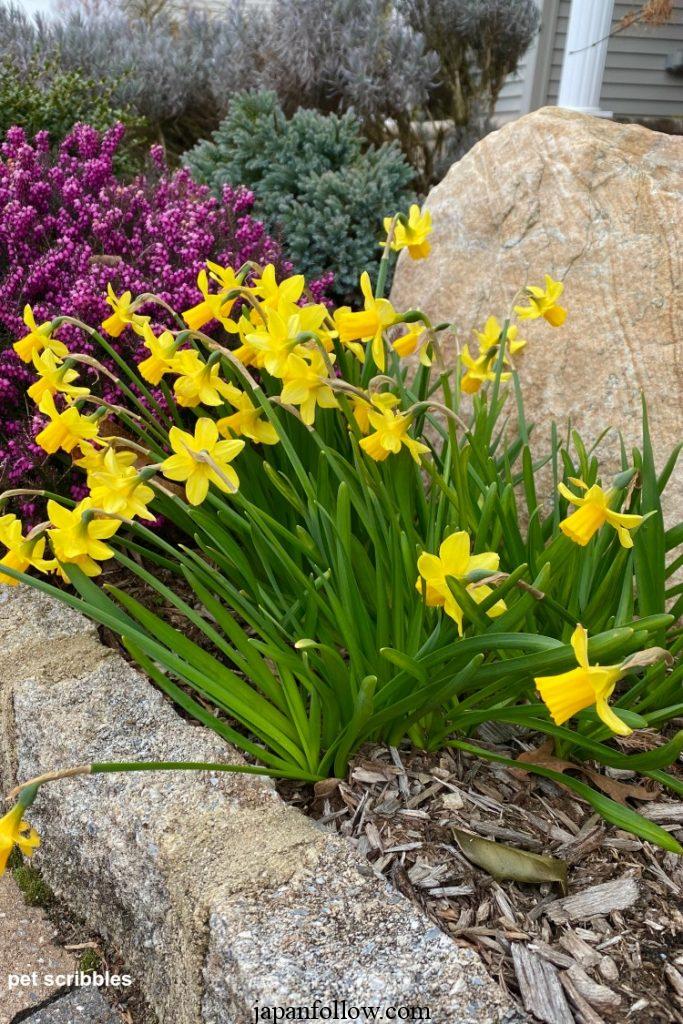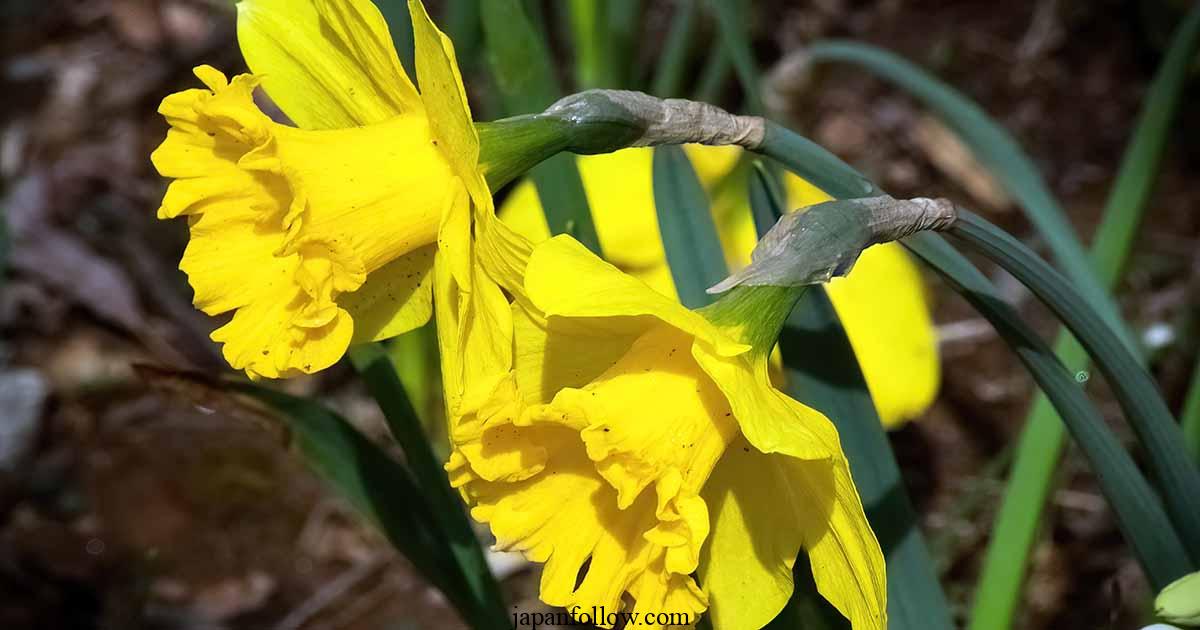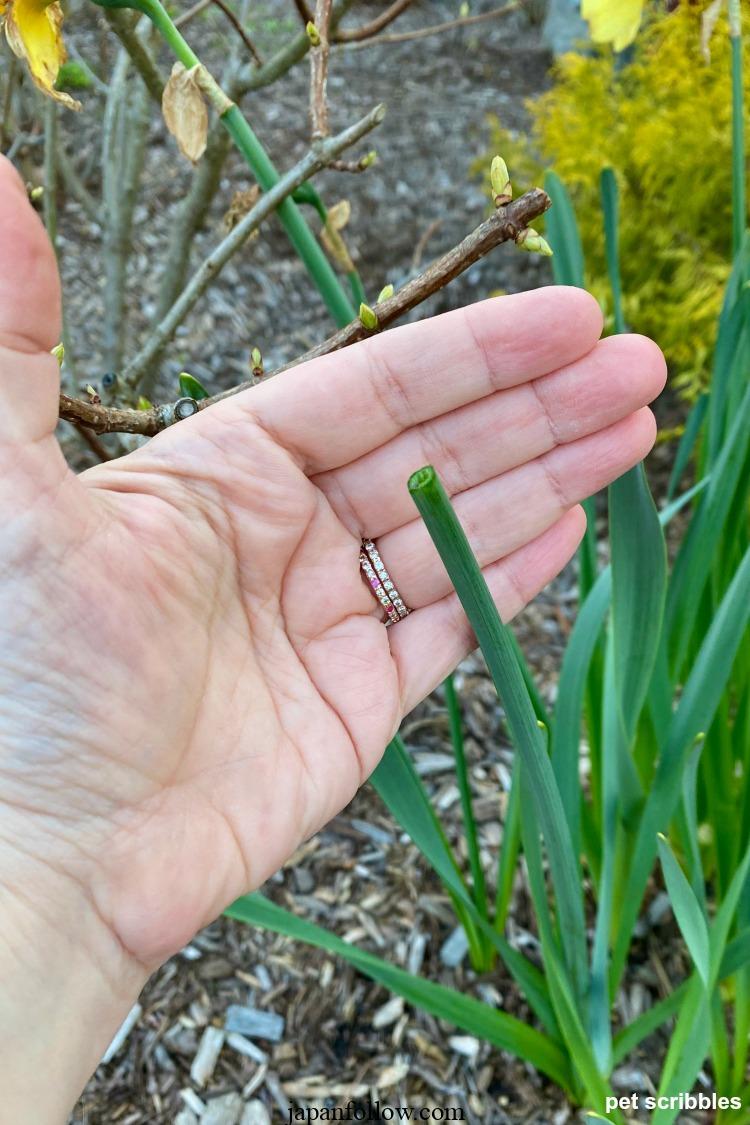
When to cut back daffodils: Why it’s important to time your trim
When to Cut Back Daffodils: Timing Your Trim for Blooming Success In the world of gardening, daffodils stand as a symbol of springtime beauty, with their vibrant yellow petals and a delicate fragrance that fills the air. These cheerful blooms are a favorite among garden enthusiasts, but like all flowers, they require care and attention […]
When to Cut Back Daffodils: Timing Your Trim for Blooming Success
In the world of gardening, daffodils stand as a symbol of springtime beauty, with their vibrant yellow petals and a delicate fragrance that fills the air. These cheerful blooms are a favorite among garden enthusiasts, but like all flowers, they require care and attention to flourish year after year. One crucial aspect of daffodil care is knowing when to cut back these lovely plants. In this article, we will delve into the intricacies of daffodil maintenance and explore the significance of timing your trim for optimal results.
The Lifecycle of Daffodils

Before we discuss when to cut back daffodils, it’s essential to understand their lifecycle. Daffodils are perennial plants, meaning they come back year after year, typically in early spring. Their growth cycle can be broken down into several key stages:
- Emergence: Daffodils begin their journey in late winter or early spring, pushing their green shoots through the cold ground. These shoots will eventually give rise to the iconic yellow flowers.
- Blooming: This is the stage that captures the hearts of gardeners and onlookers alike. Daffodils burst into bloom, displaying their bright, trumpet-shaped flowers. This stage can last for several weeks, depending on the variety.
- Fading: As with all good things, the blooming phase eventually comes to an end. The daffodil flowers begin to fade, losing their vibrant color and becoming less appealing.
- Maturation: After flowering, the daffodil plant shifts its energy towards maturation. During this phase, it stores nutrients and energy for the next year’s growth.
- Dormancy: Daffodils enter a period of dormancy during late spring and summer, where their foliage dies back, and the plant essentially goes underground.
Understanding these stages is vital for deciding when to cut back daffodils effectively. Let’s explore the best practices for each phase.
When to Cut Back Daffodils: A Seasonal Approach

After Blooming
Once the vibrant daffodil blooms have faded and lost their luster, it’s time to consider cutting them back. However, it’s crucial to wait until the flowers have completed their natural life cycle. The petals should have withered, and the seed pods should be forming. This process allows the plant to gather energy for the following year.
When cutting back daffodils after blooming, follow these steps:
- Wait for the Right Time: Allow the daffodil foliage to remain intact for at least six weeks after blooming. During this period, the leaves are photosynthesizing and sending energy to the bulbs, which is vital for next year’s growth.
- Use Pruning Shears: Carefully use clean and sharp pruning shears to cut the foliage back to about 2-3 inches above the ground. Be gentle to avoid damaging the bulbs.
- Dispose of Foliage Properly: Remove the cut foliage from the garden, as it can attract pests and diseases. You can either compost it or throw it away.
Dormancy Period
As summer approaches, daffodils enter their dormancy period. During this phase, the foliage turns yellow and then brown, signaling the end of the plant’s growth cycle. It’s normal for daffodil leaves to look unsightly during this time, but they play a crucial role in the plant’s health.
Here’s what to do during the dormancy period:
- Do Not Cut Back During Dormancy: Avoid cutting back the daffodil foliage during the dormancy period. The leaves are still supplying nutrients to the bulb for next year’s growth.
- Allow Natural Browning: Let the leaves wither and turn brown on their own. This process is part of the daffodil’s lifecycle and is essential for the bulb’s health.
Preparation for Next Season
As summer transitions into fall, it’s time to prepare your daffodils for the upcoming growing season. This phase involves ensuring that your bulbs are healthy and ready to produce beautiful blooms next spring.
Follow these steps for preparing your daffodils:
- Fertilize: In late summer or early fall, apply a balanced, slow-release fertilizer to the soil where your daffodils are planted. This will provide the necessary nutrients for bulb development.
- Divide if Necessary: If your daffodil clumps have become overcrowded, consider dividing them in early fall. This process promotes healthier growth and better blooms.
- Mulch: Apply a layer of mulch over the daffodil beds to protect the bulbs from extreme cold and temperature fluctuations.
- Water: Ensure your daffodil bulbs receive adequate moisture during the fall to help with root development.
By following these seasonal guidelines, you’ll maintain the health and vitality of your daffodil bulbs, ensuring a spectacular display of flowers in the coming spring.
FAQs

Q: Can I cut back daffodils immediately after they finish blooming?
A: It’s best to wait at least six weeks after blooming before cutting back daffodils. During this time, the foliage is photosynthesizing and sending energy to the bulbs for the next season.
Q: What should I do if daffodil leaves look unsightly during their dormancy period?
A: While it’s normal for daffodil leaves to turn yellow and brown during dormancy, resist the urge to cut them back. The leaves are still supplying essential nutrients to the bulbs for the following year.
Q: When is the best time to fertilize daffodils for the next season?
A: Fertilize your daffodils in late summer or early fall to provide the necessary nutrients for bulb development.
In conclusion, knowing when to cut back daffodils is a crucial aspect of daffodil care. By understanding the plant’s lifecycle and following the seasonal guidelines provided, you can ensure that your daffodils continue to grace your garden with their vibrant beauty year after year. Proper timing and care will lead to a bountiful display of these beloved springtime flowers.
tag
- chicken feed
- how to Keep Chickens Off Your Porch
- How to grow oyster mushrooms at home
- Growing Kale in Pots









